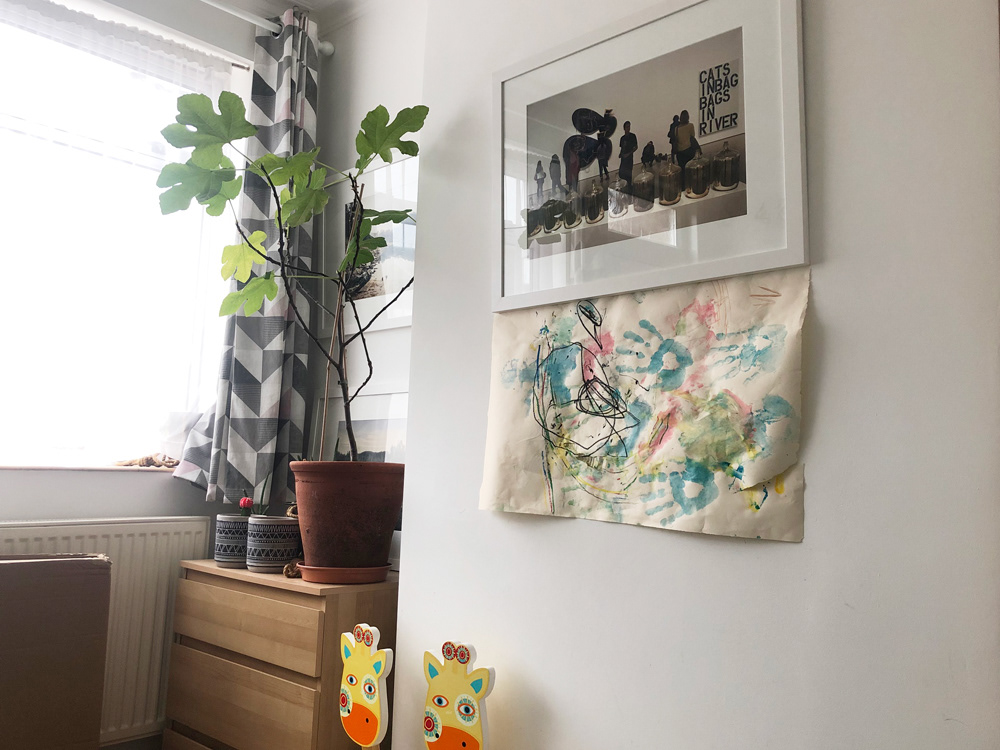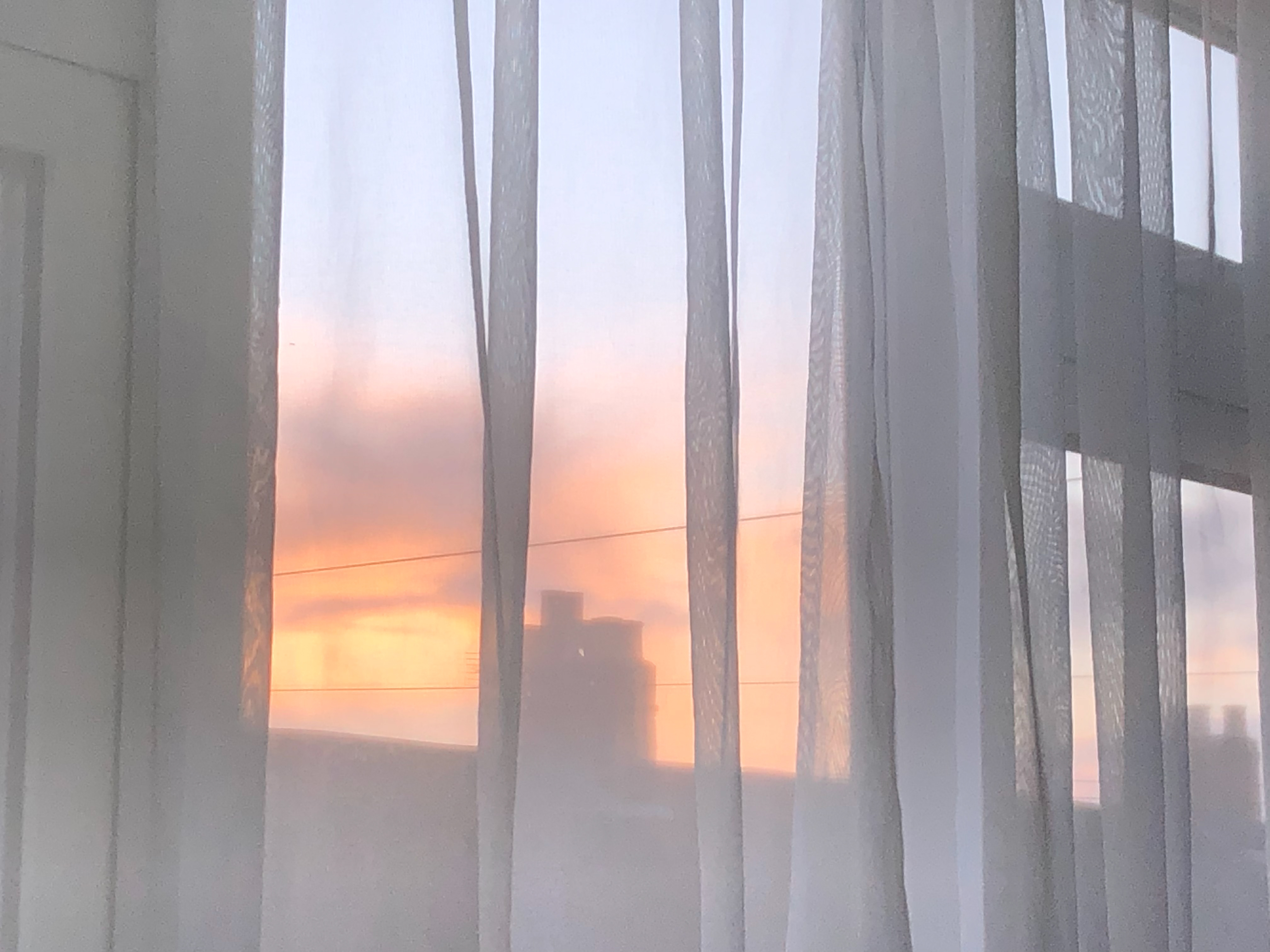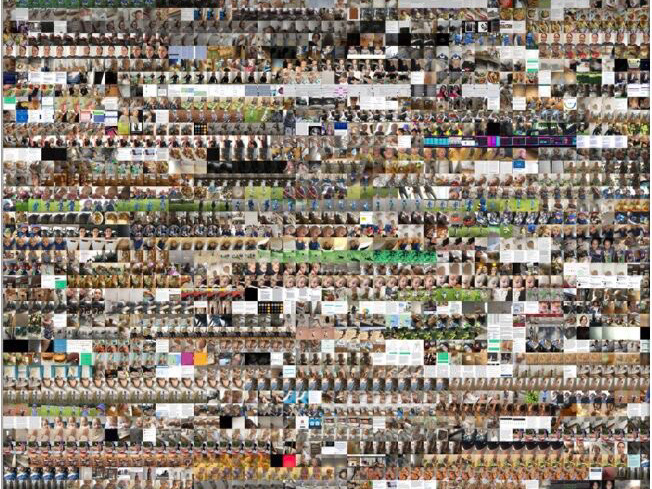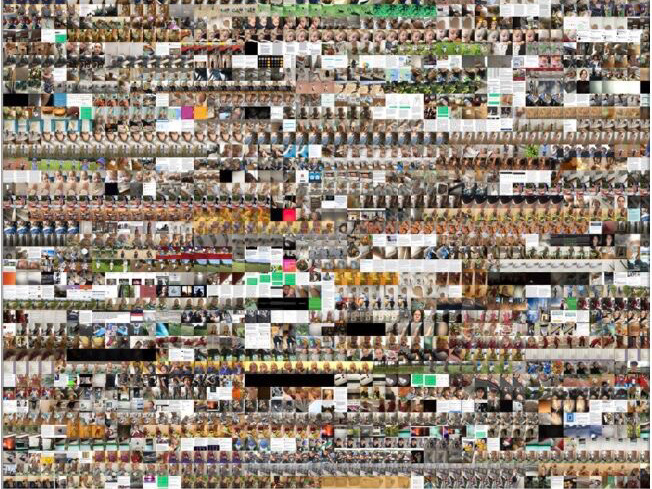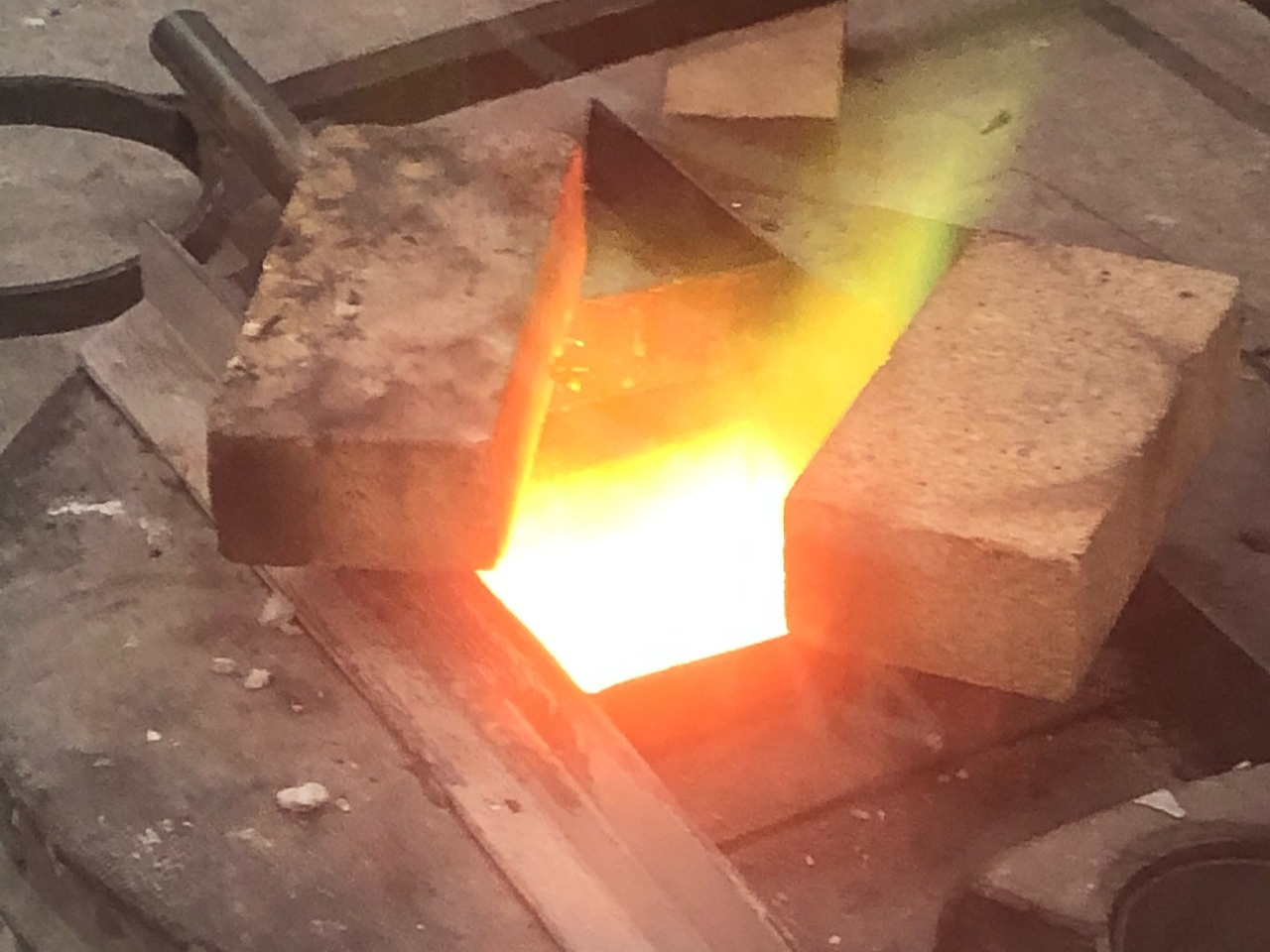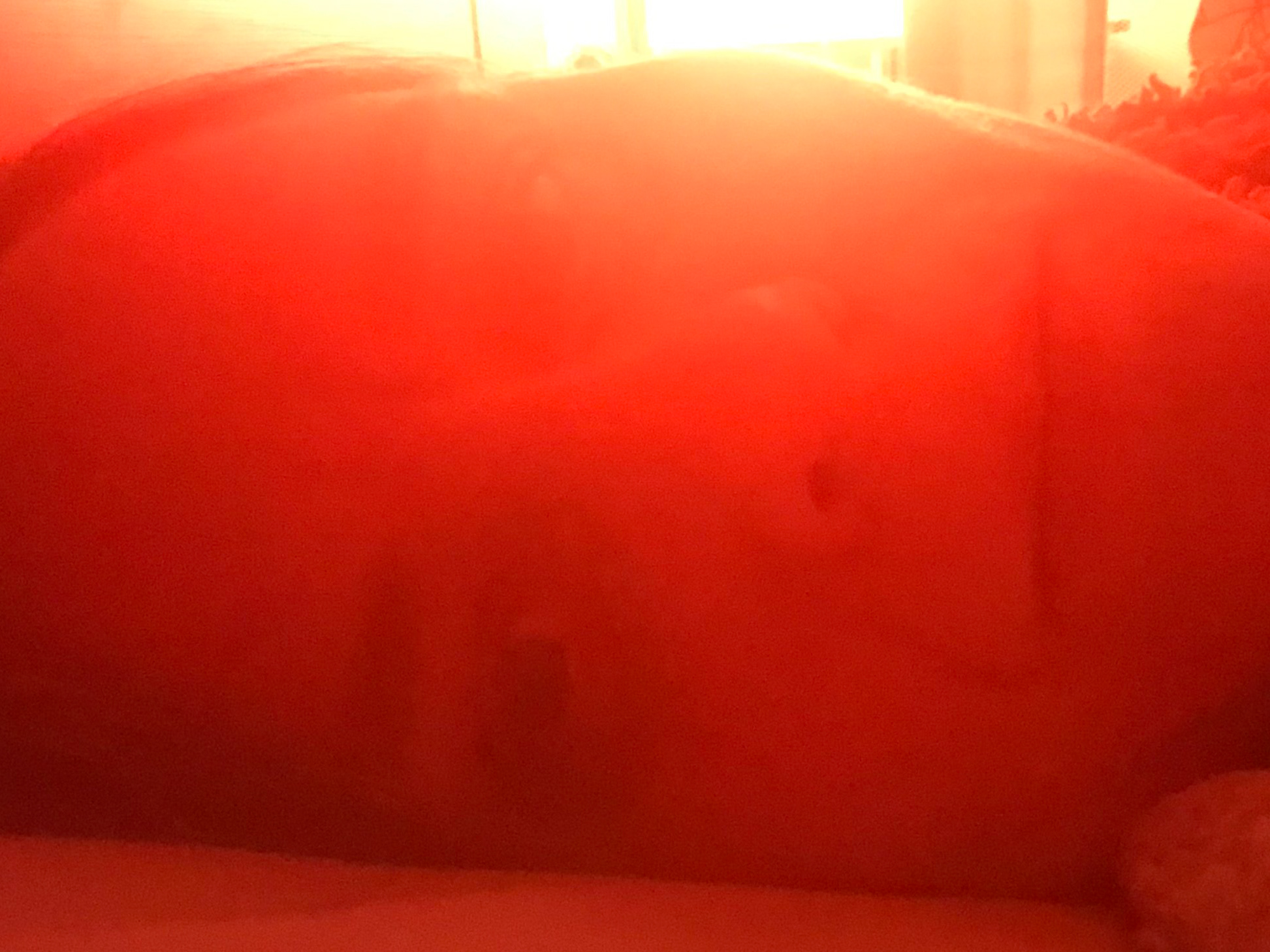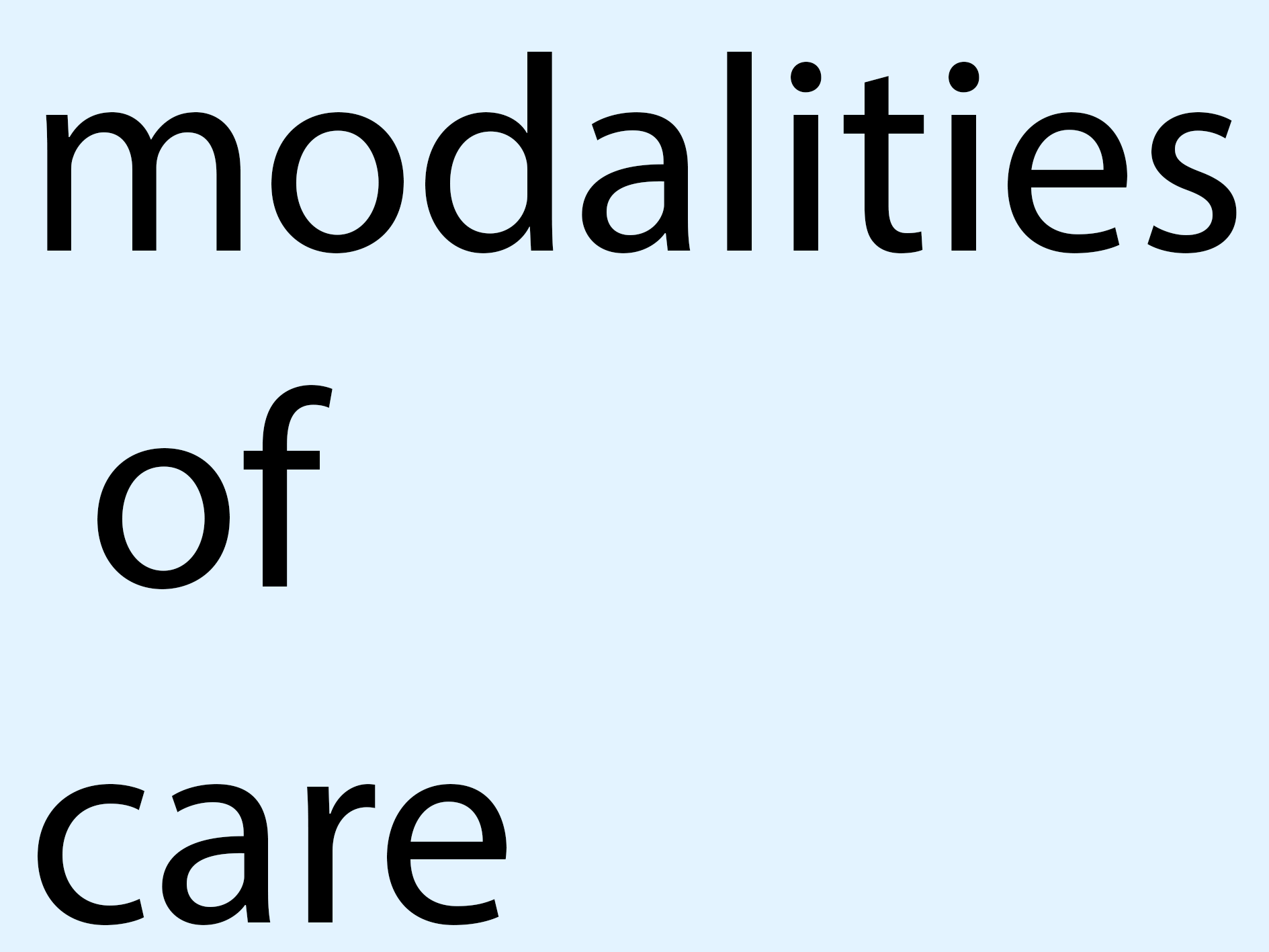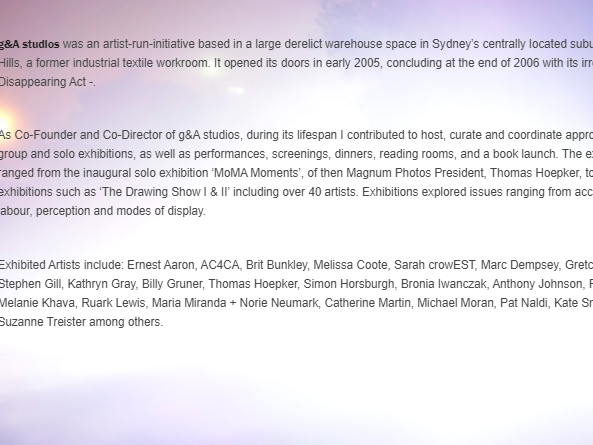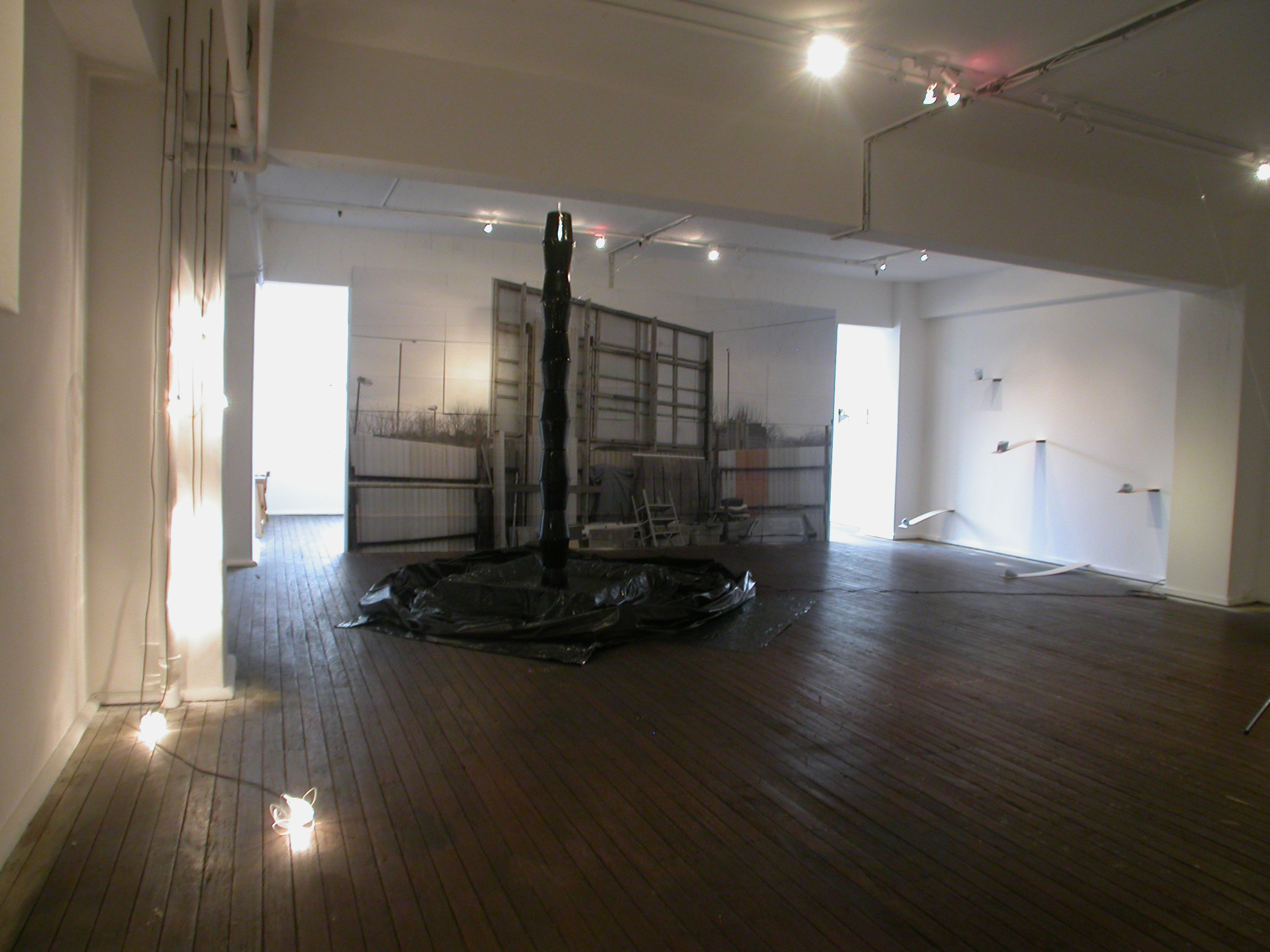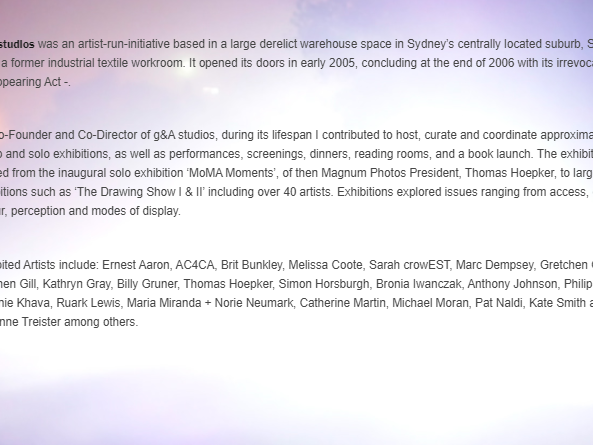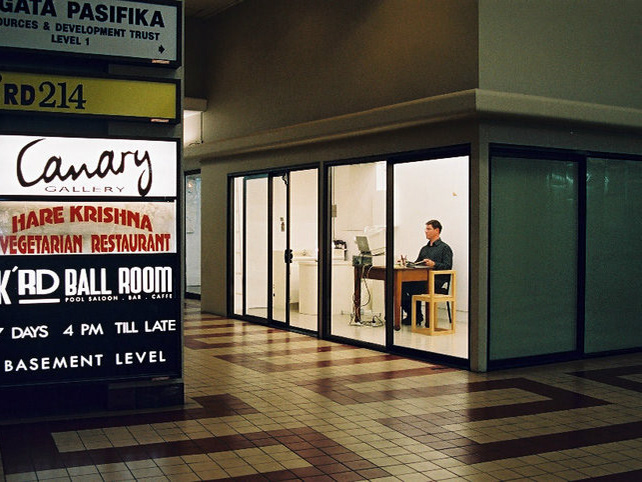Call for papers. ‘Drawing Disobedient Bodies’. I am pleased to share that I am guest editing a special issue for Drawing: Research, Theory, Practice (DRTP) Journal.
Submissions welcome through 2023
Special Issue: ‘Drawing Disobedient Bodies’
Drawing Disobedient Bodies
Drawing is a rudimentary physical necessity to life – we ‘draw’ the first breath on our entry into the world, into an autonomy of being, we breathe the same air. As such, drawing serves as a means of both connection and separation; it can delineate boundaries, marking territory by drawing a line between points, or creating a barrier like drawing a curtain. In this embodied paradox, we are simultaneously drawn together and apart. As we strive for autonomy, our bodies become receptacles for sensations that demand expression, and drawing can become a performative tool to facilitate this process.
Sometimes, our bodies rebel and deviate from our desires. They can experience ruptures, becoming out-of-sync and causing our senses to go awry. This bodily disobedience creates a rift between our desires and conditions, leading to a lack of alignment. These imbalances fail to synchronize; we find ourselves desiring something detached from our physical experiences, leaving our bodies yearning for expression.
Drawing Disobedient Bodies
Drawing is a rudimentary physical necessity to life – we ‘draw’ the first breath on our entry into the world, into an autonomy of being, we breathe the same air. As such, drawing serves as a means of both connection and separation; it can delineate boundaries, marking territory by drawing a line between points, or creating a barrier like drawing a curtain. In this embodied paradox, we are simultaneously drawn together and apart. As we strive for autonomy, our bodies become receptacles for sensations that demand expression, and drawing can become a performative tool to facilitate this process.
Sometimes, our bodies rebel and deviate from our desires. They can experience ruptures, becoming out-of-sync and causing our senses to go awry. This bodily disobedience creates a rift between our desires and conditions, leading to a lack of alignment. These imbalances fail to synchronize; we find ourselves desiring something detached from our physical experiences, leaving our bodies yearning for expression.
What might be the role of drawing in exploring these contradictory states and interstitial spaces of both conflict and possibility, and in extending our understanding of disobedient bodies? How can drawing express these ruptures? How can drawing contribute to the body’s call to expression? As an apparatus of origin, direction, movement, and vibration, drawing holds vast potential, yet remains contained within its boundaries. It can be at once resolved and in motion, serving as both a conclusion and an introduction.
This issue of DRTP invites contributions that respond to the notion of drawing disobedient bodies in the broadest sense. It considers the role of drawing in examining the relationship between connectivity and separation and calls for an examination of how we can draw from, with, and through these moments that exist between desire and actuality centred around the body. It invites papers that explore bodily interstitial spaces, their conflicts and possibilities through drawing.
Guest-editor: Gretchen Geraets, Norwich University of the Arts
Principal Editor: Dr Adriana Ionascu
(Volume 9, Issue 2)
Guest-editor: Gretchen Geraets, Norwich University of the Arts
Principal Editor: Dr Adriana Ionascu
(Volume 9, Issue 2)
All submissions should be original work and must not be under consideration by other publications. Submissions can take the form of:
Articles (5000 words, 1–6 images)
Research Projects or Project Reports (3000 words, 1–4 images)
Critical Essays (3000 words, 1–4 images)
Profiles (1500 words, 1–2 images)
Exposés (1500 – 2000 words, 1–2 images)
Featured Drawings (1–2 images and 1000 words)
Papers can be uploaded via the Drawing: Research, Theory, Practice Intellect webpage, and a copy of the submission should be emailed to the principal editor. All contributions should be original and not exceed 20 Mb.
Please submit the following:
an anonymised PDF Document with embedded images (72 dpi), captioned, as Name_Surname.doc.
a Word Document without images as Name_Surname.doc
Drawing: Research, Theory, Practice places particular emphasis on original papers on drawing theories, practices, methods, processes and research that adopt inventive interpretations of drawing. Authors who have been previously published in DRTP may submit to the journal again after a minimum of 2 or 3 issues, as we prioritize new authors and invite new voices to expand the scope of the journal.
